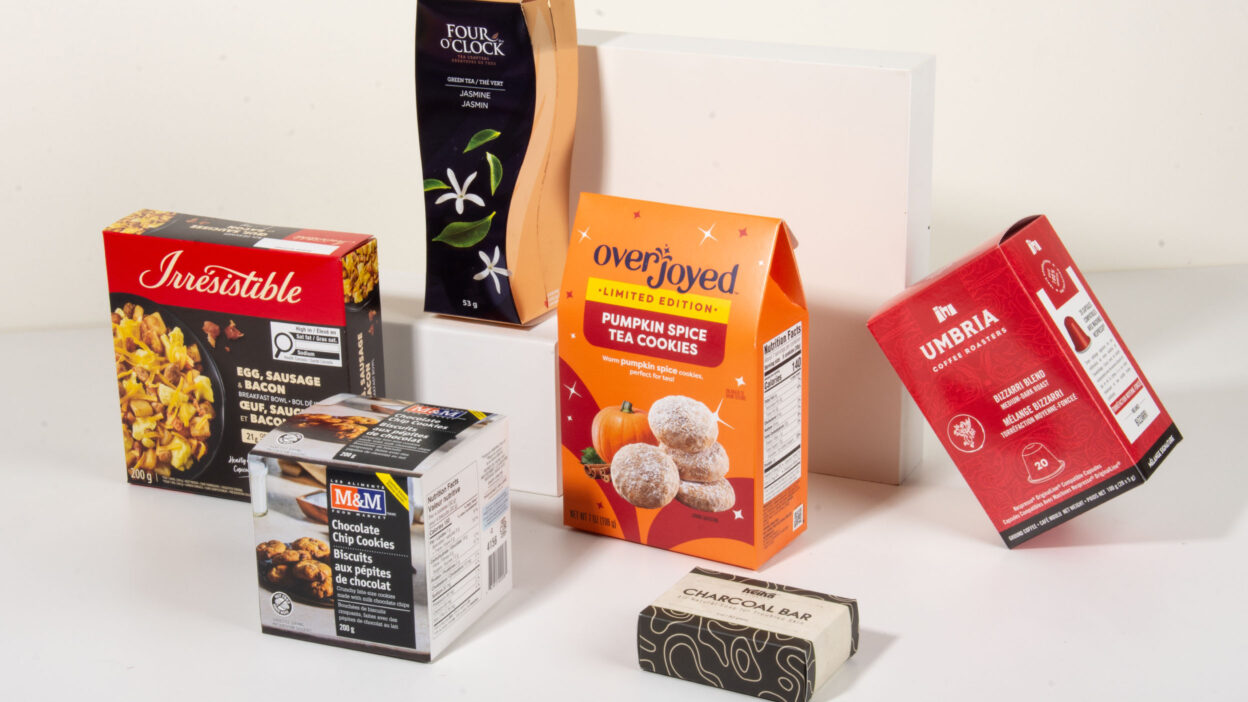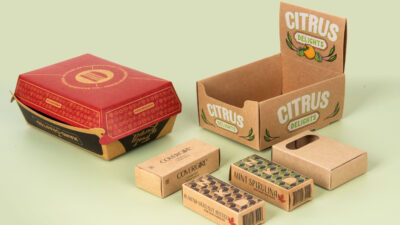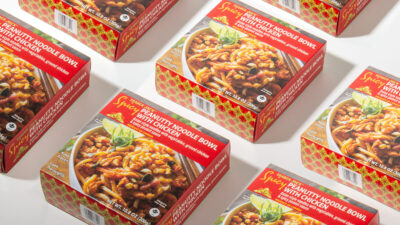Brands are using food packaging differently in 2025. Instead of just considering how the packaging presents the food (or protects it), brands also heavily consider how the packaging makes consumers feel.
Food packaging has evolved rapidly over the past few years. With the evolution has come a power shift over the emotions, buying habits, and decisions of consumers. Those who buy food packaged in specific boxes or containers want clear labels, eco-friendly materials, and appealing designs.
As such, brands invest in food packaging options that drive brand choices within their target market.
Food Packaging Influences Purchasing Decisions
Most consumers believe that high-quality packaging indicates the quality of the food inside. In fact, around 68% of consumers say that high-end packaging means the food is of the best quality.
Resealable packaging appeals to consumers who value convenience, while visually appealing packaging appeals to 45% of buyers.
One study revealed that 78% of consumers stopped buying from a specific brand because of poor packaging experiences. Around 65% consider food packaging quality before buying something.
These figures indicate that packaging can mean the difference between a consumer buying something or choosing a competitor’s product. Packaging can also make or break trust in a specific brand.
Food Packaging Design Has an Emotional Impact
A dairy packaging study shows that branding, imagery, and even text strongly influence consumer choices. Packaging color also affects a consumer’s perception of flavor. These perceptions extend to other products, including specialty coffee.
A specialty coffee study revealed the following perceptions on color:
- Pink = sweet and floral notes
- Yellow = citrus flavors or high acidity
- Brown or black = bitterness (dark roast)
- Green = implies organic coffee beans
- Blue = notes of berry
For most food products, color can double as a silent salesperson. Color sets a consumer’s expectations and compels them to buy long before they taste the product.
Food Packaging Incorporates Health Messaging
Health-conscious consumers refer to packaging to guide healthy food choices. This is part of the reason the WHO pushed for front-of-package labels. These labels indicate high levels of sugar, salt, or fat in food. As of late 2024, 43 countries have these labels. In the U.S., the FDA proposed front-of-package mini nutrition labels to complement back-panel nutrition facts. If the regulation is passed, companies have up to four years to comply.
Sustainable Food Packaging Influences Trust and Behavior
Eco-friendly packaging affects consumer trust. One 2025 report states:
- 52% of consumers say they trust food more if it is packaged in eco-friendly containers.
- 60% are influenced by visual eco-friendly appeal.
- 70% prefer packaging that is easy to open and reseal.
- 55% look for eco-certification logos.
Smart Food Packaging Appeals to Wider Consumer Groups
Food packaging is becoming increasingly advanced.
- 78% of consumers know that vacuum packaging helps maintain food freshness.
- 32% know that intelligent packaging is indicative of food freshness.
- 27.6% are aware of modified-atmosphere packaging, while 23% know about active food packaging.
This indicates that brands need to incorporate technology into their packaging to maintain appeal to their target market.
The Bottom Line
Food packaging continues to steer consumer choices and perceptions in 2025. Excellent design, health labels, and sustainable materials build consumer trust. These components also encourage buying.
This means food packaging will never again just hold food. It will always influence which consumer buys which products. Packaging conveys brand goals and messages, and what these messages say makes all the difference to consumer sales.
Elevate Your Brand Packaging
Craft packaging that makes your products shine
Get started today!



